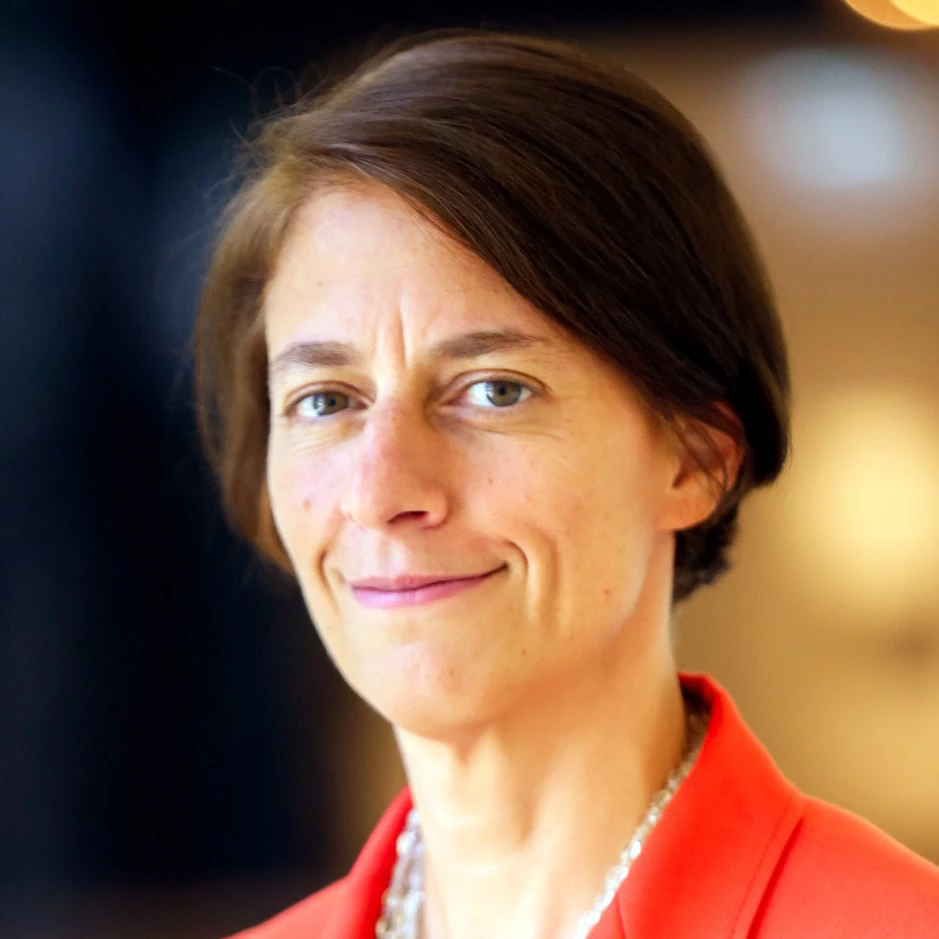
The countdown is now well and truly onto to the Paris climate change talks in France.
A key factor in the talks will be the national plans, known as the INDCs - Intended Nationally Determined Contributions – submitted to the UN ahead of the Paris conference. They are important building blocks for reaching a final agreement.
Given that emissions from land use contribute significantly to climate change, it’s important to note many countries have included the land sector, which covers sustainable agriculture and forestry, as a key part of their approach to mitigating climate change.
Several countries presented their experience of putting together these climate action plans, including forest and land use targets, at a recent governance and knowledge-focused meeting held in San José, Costa Rica, organized by the World Bank Group’s Forest Carbon Partnership Facility (FCPF) and the UN-REDD Programme. The FCPF provides technical and financial assistance to countries working on reducing greenhouse gas emissions from deforestation and forest degradation, known as REDD+.
In one of the sessions, participants took a deep dive into the synergies between establishing a system of incentives for reducing emissions from deforestation and forest degradation, and land use in countries’ INDCs. To date, more than 143 INDCs, reflecting over 170 countries (including the European Union member states) have been submitted to the UN ahead of the Paris talks. Many of those, like Chile, Costa Rica, Ghana, and Indonesia, who presented during the session, are also working on REDD+ plans with FCPF support.
As countries prepare INDCs, one of the biggest benefits is that the data collection – biomass numbers, emissions levels, or deforestation rates - must be consistent, streamlined, and unbiased. It’s key for making sound policy and land use decisions. Once a country builds this database, it can outline objective steps forward for how to plan low carbon development.
On the other hand, one of the challenges in preparing an INDC is that it must be truly collaborative across sectors, by bringing in technical specialists from ministries of agriculture, forest and energy. And it must also include others who care about and are impacted by climate change, like indigenous peoples, women, small-scale farmers, and youth. Coordinating such a huge effort is never easy, but the countries that presented their work at the meeting showed that it can be done.
The move to submit INDCs has spurred a growing discipline of experts focused on data, monitoring, and how to analyze and sort the massive amounts of information collected by countries. The next steps in the process will need finance, policy and planning ministries to be even more involved. This represents an exciting advance because there are more people than ever who can help make sound, informed policy recommendations backed up by facts.
The FCPF, through its support of REDD+ readiness, has contributed to many steps of this process. REDD+ also requires comprehensive data and monitoring systems for forests and carbon, cross-sector collaboration, and open dialogues with those who live in and depend on forests.
A number of the countries involved in the Costa Rica meeting are also working with the World Bank climate and forest funds and are setting national forest reference levels, another milestone and building block in the UNFCCC discussions. All of this work is helping countries to think big and to move away from the project-scale efforts and focus instead on landscape level initiatives.
This meeting was a turning point because it was the first time we could see the strides countries have taken in how they are leading on climate change action.
Overall, they are shifting away from small proposals, and are instead thinking (and acting) along the lines of economy-wide policy reforms and objectives to realize their green growth development paths. It was exciting to see the role the FCPF has had in helping countries turn their intended contributions to global climate mitigation into reality.


Join the Conversation